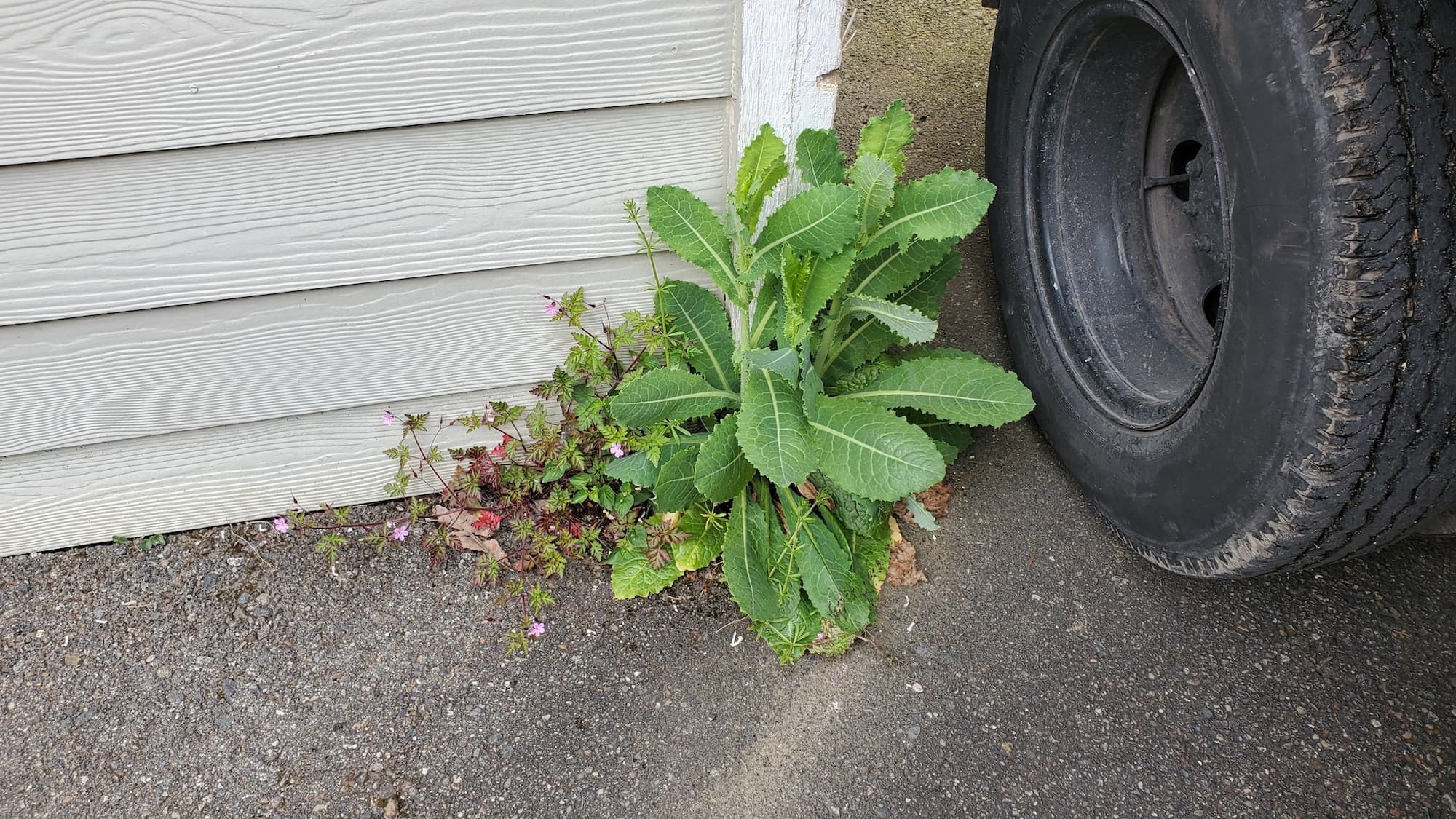Brush Invasive Plant Clearing
Homeowner’s Issue
Brush yards face a mix of Pacific Northwest challenges: heavy winter rainfall, compacted glacial soils, north-facing shade pockets, and sunny slopes that dry in summer. Those conditions let ivy, knotweed, English holly, and blackberry spread fast, clog drainage lines, and smother desired plants. HOA rules and curb appeal matters add pressure to keep edges tidy and sightlines clear, while many properties have steep banks that channel runoff and create erosion hotspots.
Typical problems we see in Brush: shallow topsoil over clay that holds water in winter and bakes in summer, moss and algae in shady corners, and invasive groundcovers crawling up fences and trees. Homeowners also report seed banks that return after a single season, and access issues on narrower lots or near park strips. The result is more maintenance, higher erosion risk, and reduced property value — unless you address invasives with a plan that fits Brush’s climate and neighborhood rules.
Our Quality Service
We remove invasives using sustainable, physical methods only — no herbicides. Our team assesses site conditions, prioritizes manual removal and targeted digging, then stabilizes soil on slopes with mulch, native plugs, or erosion control fabric. For drainage-prone spots we regrade minor channels and add permeable pathways to reduce pooling.
Benefits include improved safety around walkways, better curb appeal for HOAs or resale, lower long-term maintenance, and healthier native plant communities that resist re-infestation.
What’s Included
- Full site assessment and invasive species identification.
- Manual removal: cutting, hand-pulling, and root excavation.
- Haul-away or green-bin composting of debris.
- Mulch application in cleared beds to suppress regrowth.
- Optional native replanting recommendations.
Options / Upgrades:
- Mulch + landscape fabric for high-weed areas.
- Organic weed-control mulch (no herbicides).
- Haul-away vs. green-bin / on-site chipping.
- Soil amendments for compacted or poor soils.
Before & After / Expectations
Expect some noise, truck access, and temporary debris on service day. Steeper slopes or limited access may require additional time. We’ll cordon working areas and leave clear paths for homeowners.
Care tips for Brush yards after clearing:
- Water new native plugs sparingly the first two summers — deep, infrequent watering.
- Monitor and hand-pull seedlings early in spring.
- Keep mulch layers to 2–3 inches to suppress weeds and retain moisture.
- Trim ivy and blackberry before seed set to reduce spread.
FAQs
How long does a typical job take?
Most residential clearings are done in 1–2 days; larger banks or schoolyard projects may take longer. We give timelines at estimate.
Will you use herbicides?
No. We use mechanical removal, smothering, mulching, and organic methods only.
Do I need to be home during work?
You don’t need to be present, but easy access and clear instructions about sensitive areas help speed the job.
What about re-infestation?
We recommend a follow-up visit or seasonal monitoring; early hand-weeding is the most effective prevention.
Call to Action
Brush homeowners: ready for a cleaner, lower-maintenance yard that handles rain and slopes better? Book a free estimate — fast scheduling, reliable crews, and local know-how for Brush, White Center, and nearby West Seattle pockets.
Email: neatandtidyseattle@gmail.com
Phone: 206-538-9344
Mon–Sun: 9am–6pm
Licensed • Bonded • Insured
For reference images and our previous work, see the cover photo above.










